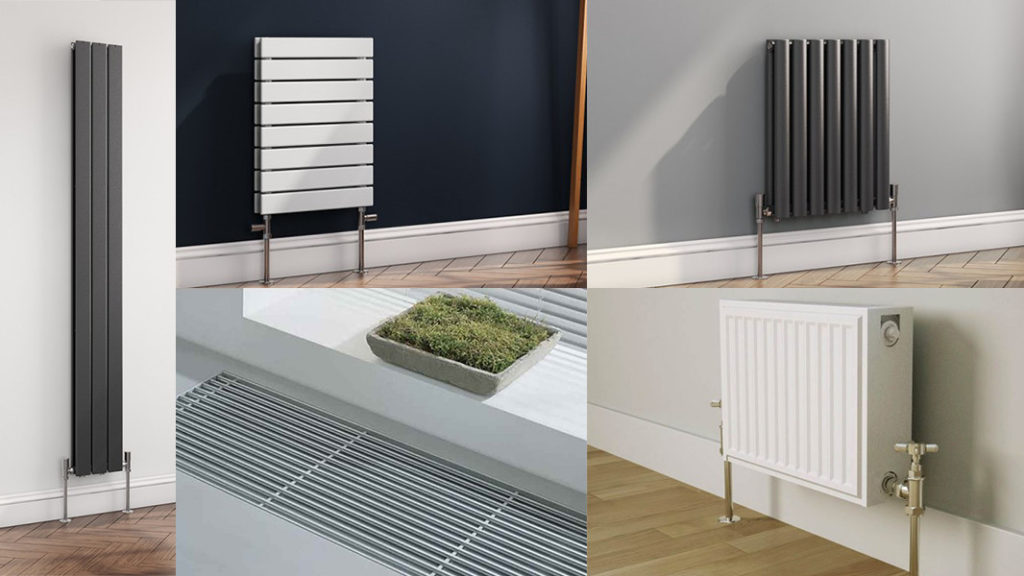Granite and marble are very popular materials for bathroom and kitchen countertops. But, many homeowners don’t know which material suits their space. That is why many of them even choose to combine both materials and prefer to have Granite au Sommet marble. Both materials have porous structures; however, marble tends to have some unique metamorphic attributes. That is why marble tops can easily get stained from the liquid spills. If you are not familiar with natural stone, spotting the difference between granite and marble can be difficult. These materials are rich in minerals and share two geological formation processes. Sometimes, they may look the same due to their color, texture, veining, and surface finish. If you want to know how exactly these minerals differ, keep reading:
Origin
Granite is formed by the solidification and cooling of magma within the earth over millions of years. It is an igneous rock. During the heating and slow cooling process, granite forms a very hard material.
On the other hand, marble is classified as metamorphic stone since it is made by transforming another kind of stone called sedimentary stone. Both granite and marble present an attractive combination of minerals; however, granite has a higher concentration of silicon dioxide while marble is richer in iron oxide. Also, marble is primarily composed of calcium carbonate which is softer than granite’s components.
Appearance
Both stones have a slightly similar look, but, when you closely examine them, you will discover specific differences. Granite and marble differ in terms of the natural color variations that appear in them. In general, granite color variations appear as flecking throughout the stone while marble color variations resemble colorful veins that tend to swirl through the stone.
Durability and Strength
How granite and marble are formed is directly correlated to their overall durability and strength. Both materials will last and stay beautiful for a lot of years in your home, but, you must pick the correct material for the location to make sure damage won’t take place.
Furthermore, granite features a hardness of 6-7 on the Mohs scale which allows it to easily resist scratches and damage from heat. It is an ideal material for kitchen countertops. Meanwhile, marble has a hardness of 3-5 on the Mohs scale. It is not as durable as granite and it can suffer from common kitchen tasks like cutting. Also, it can get damaged when it comes into contact with hot pans and dishes.









